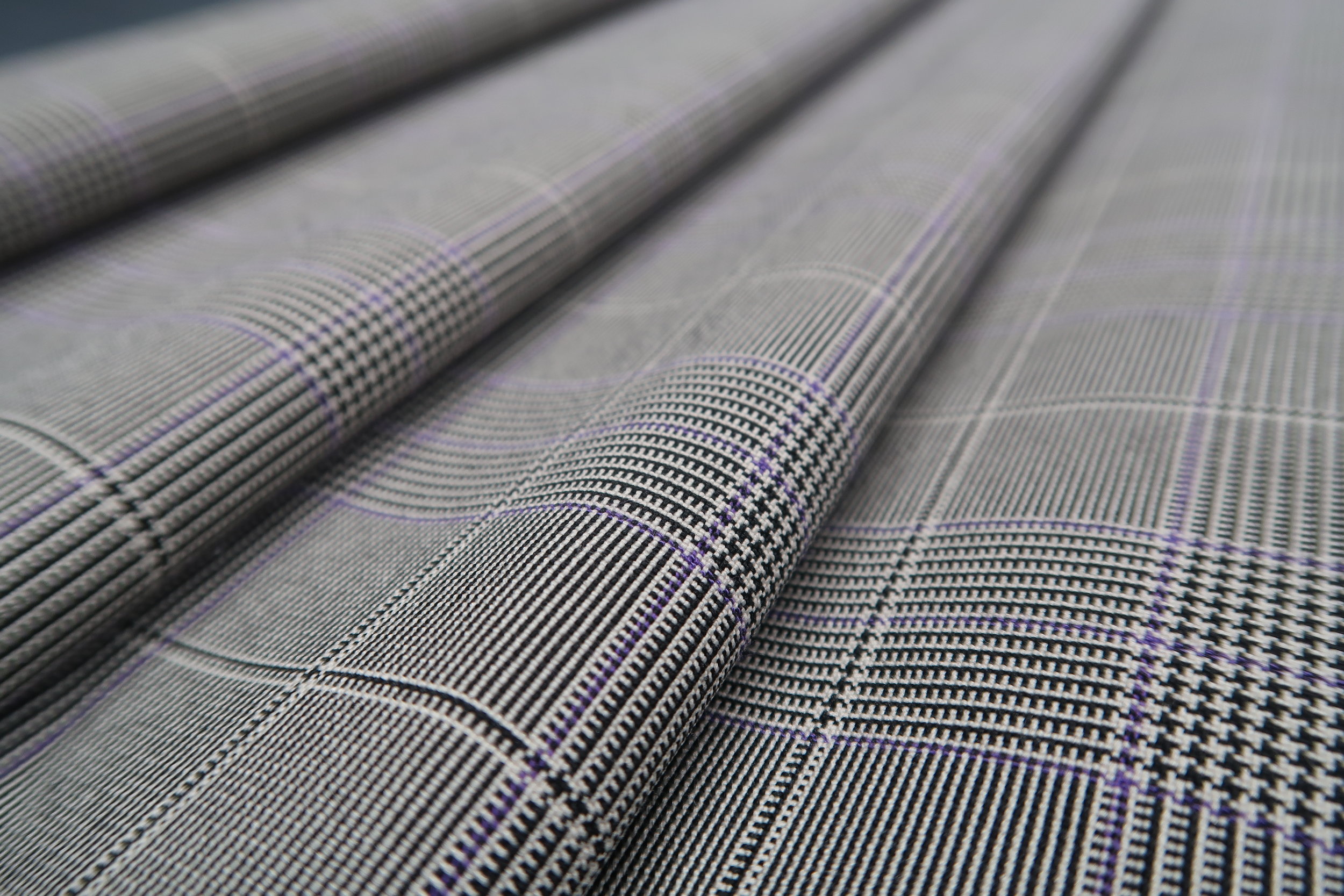Inovation
1910 - 1920 (COVENTRY)
- 100% Cotton
- Pinstripe
- 3 piece lounge suit
- High fronted waistcoat
- High waist trousers
- Colours: Dark navy, grey, green, ivory and occasionally brown
- Fabrics: All wool - hints of striping, checks and plaid (thick/heavy)
1950 - 1960
- 4 C’s: colour, comfort, correctness, and casualness
- Narrower, straighter, less fussy
- Popular: Plain grey flannel three-piece (Narrow shouldered Sack suit, loose at the waist with long jacket)
- Popular to have self belts or continuous waistbands (Less belt loops and less pleats)
- Subsided colour, print, texture and design became more bolder each year
- New silhouette look called ‘Mr T Look’
- Less shoulders pads (More natural shoulder shape)
- The blend of dress and casual became more blurred (Suits for everyday look)
- Business sport coats was popular (Alternative to the 2-piece) usually not matching pants
- Pants quickly narrowed to 17.5” wide at the hem
1930 - 1940 (CASABLANCA)
Jacket
- Double breasted
- Broad shoulders (Extra Padding)
- Wide lapel (Peak lapel, 3” width)
- 100% cotton (Checkered)
- Pinched in waist
- Welt top pocket
- Jacket: Flaps with ticket flapped pocket
- Double vents
- 6 buttons
Trousers
- Mid wasit
- Double pleat
- Cuffed
- 2 straight pockets (Front & back)
1970 - 1980
Men’s clothing got tighter and tighter. A large portion of the clothes from this era were made of polyester or a blend of cotton and polyester. Later in the decade, velour and terry cloth became a very popular choice of fabric for men’s shirts.
Two very different types of suits were loved by men of the 1970s. First, the leisure suit, which was introduced around 1972, exploded in popularity after John Travolta’s smash hit “Saturday Night Fever.”
The other suit was the track suit. Although the track suit is more often associated with the 80s (as worn by the Beastie Boys, for example), they were quite popular in the late 70s. In fact, sportswear in general was worn almost everywhere.
Hair was much longer and they didn’t always tuck their shirts in. Facial hair was great, but if you didn’t have chest hair then you better get a really big, gold medallion to cover up your bare chest. Collars were wide and the pants were tight.
That’s men’s fashion in the seventies, baby.

























